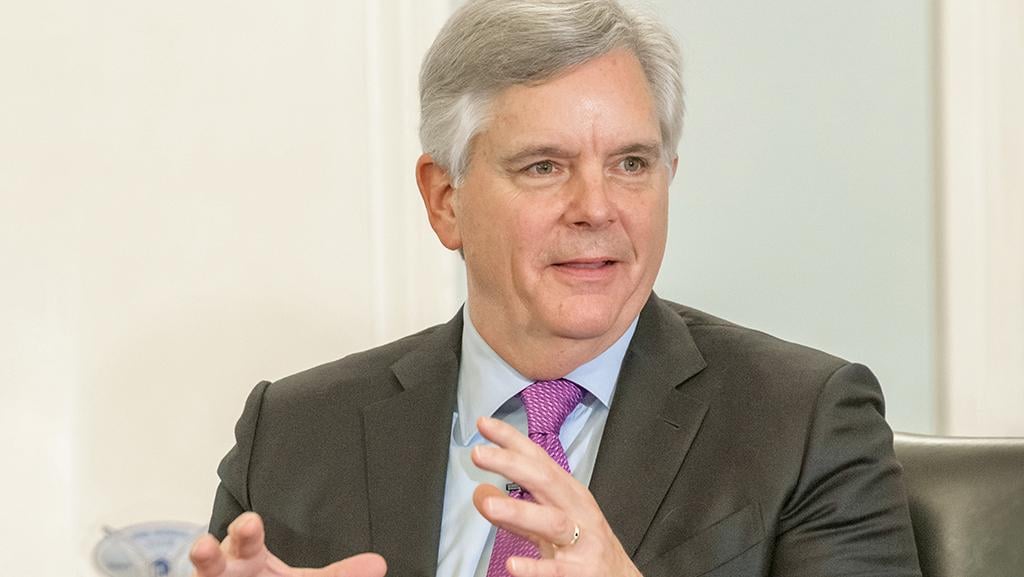
GE Aerospace Chairman and CEO Larry Culp speaking at the Wings Club in New York on March 28.
Credit: Chris Gill
Chairman and CEO Larry Culp’s transformation of the iconic General Electric from a troubled conglomerate into a focused aerospace and defense company culminated on April 2 with the creation of GE Aerospace. Sitting down in New York five days earlier with Aviation Week editors Joe Anselmo and Guy...
CEO Larry Culp On GE Aerospace’s New Start is part of our Aviation Week & Space Technology - Inside MRO and AWIN subscriptions.
Subscribe now to read this content, plus receive full coverage of what's next in technology from the experts trusted by the commercial aircraft MRO community.
Already a subscriber to AWST or an AWIN customer? Log in with your existing email and password.






